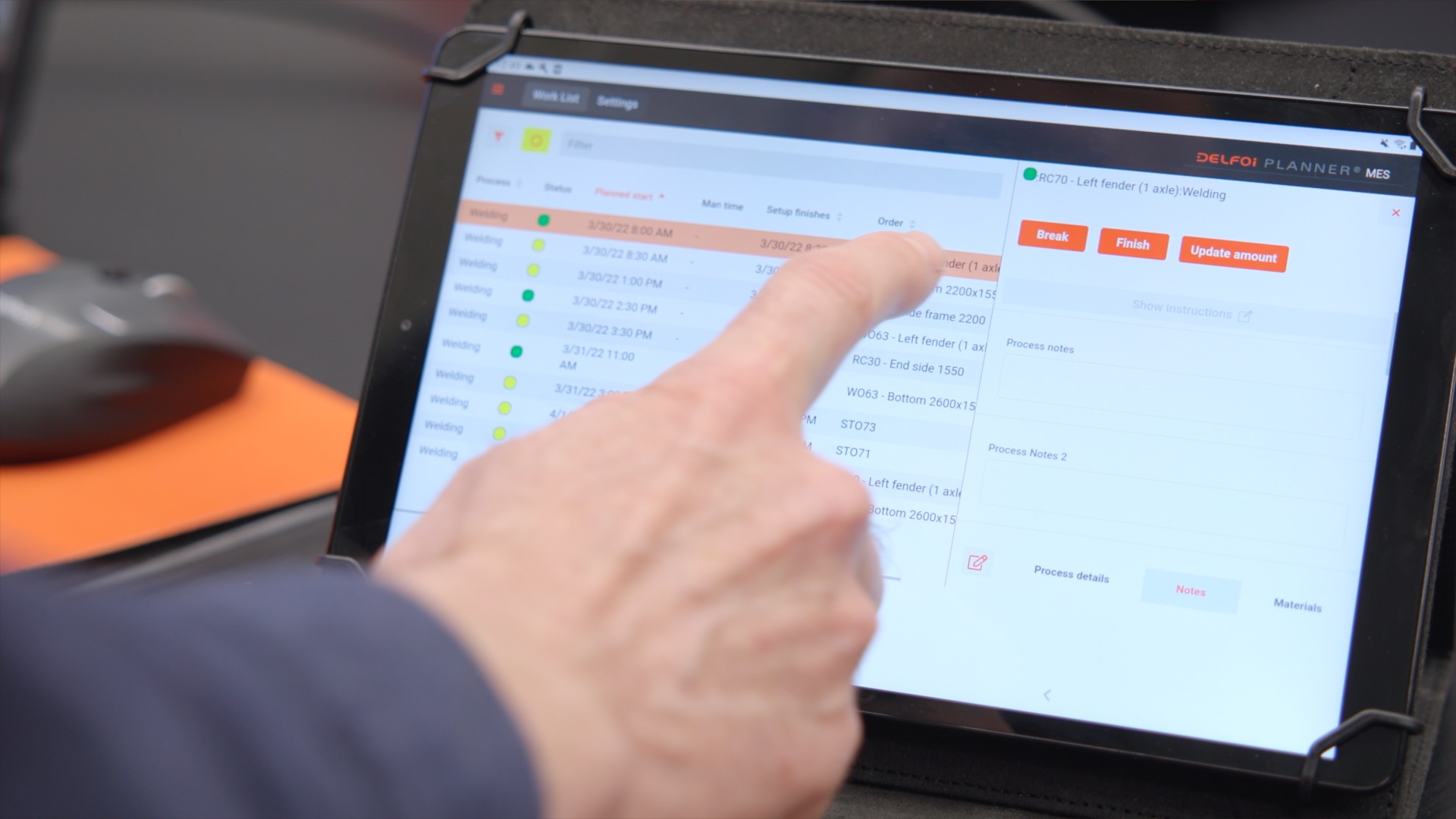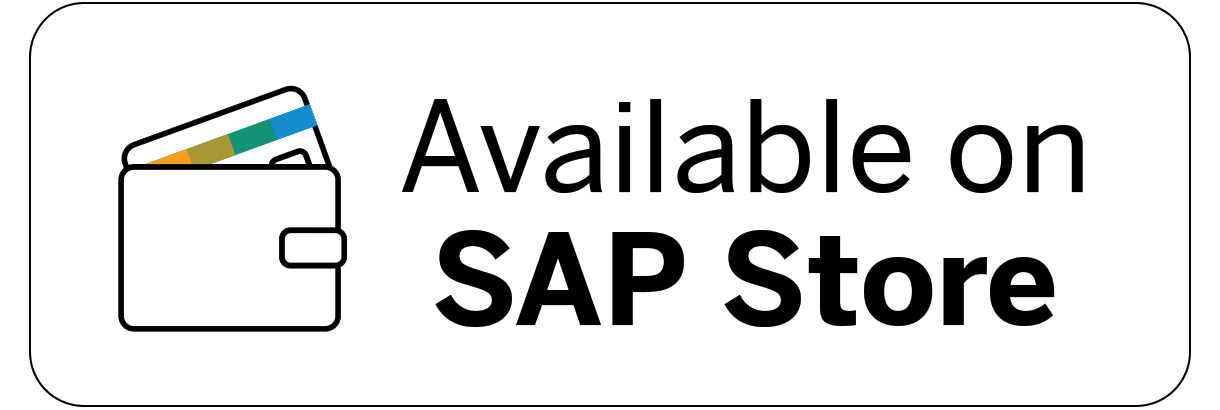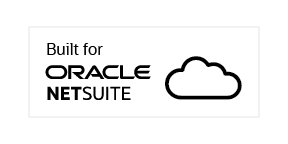Delivery reliability, quality and efficiency have always been the main objectives of manufacturing companies. To achieve these, investments have been made in machinery, technology, and know-how. Processes and operating models have been streamlined. Information systems have been acquired and implemented. So, what has changed?
A lot has changed. The frequency of change has intensified. The significance of information systems, data, and their utilization has greatly increased. Just as a car is no longer just mechanics but also software, similarly, production is no longer just machines and equipment but a technological delivery network that helps a company adapt its operations to demand.
The buzzword of the day is resilience, referring to the ability to adapt to new situations, such as the changes created by the pandemic and the war in Ukraine, which could not be anticipated and planned for in advance. How can companies build the capability to adapt to continuous change? The answer lies in good leadership, flexible operating models, and intelligent and integrated planning and control systems.
Are the information systems of companies at the level required by these changes?
Production planning includes various functions such as forecasting, supply chain management, inventory tracking, and job scheduling. Production planning data is an essential part of business, used by various departments within a company. This has been one of the key reason why many companies have aquired ERP systems, which include production planning software and provide a single solution for managing the entire business.
However, these ERP systems have not met the current needs of advanced production planning. Their functionalities are often generic and limited, lacking all the features that manufacturing companies need. In many companies, production planning is still done with spreadsheet software. However, these are person-dependent protected systems and do not offer the shared accessibility that organizations need.
Change directs production planning toward smarter solutions
Perhaps the biggest change is the awareness of the situation and an increasing willingness to change. Open interfaces, cloud computing and the app economy have taken the lead from the ERP monolithic approach, making also production APS/MES solutions now very attractive. Companies are now buying the best user experience integrated into the cloud as needed.
A modern production planning and scheduling solution is web-based, user-friendly, and a visual cloud service that helps shorten production lead times and improve productivity and delivery reliability. A production planning solution that meets today’s requirements can be easily integrated into the company’s ERP and other systems.
The revolution in production and supply chains opens up new opportunities
In recent years, there has been much talk about the Industrial Internet and the requirements and opportunities it brings. At the same time, IT solutions are evolving at a tremendous pace. Cloud services have become widely accessible in just a few years. Smartphone applications and web applications are commonplace. Artificial intelligence applications are already part of everyday use.
Companies have already woken up to the possibilities. Software companies are rapidly turning their solutions into cloud services with open interfaces for value-added solutions. Agile and intelligent value-added services integrate more and more easily into main systems, so that all data can be processed for useful use faster and easier. There is no longer just one system, but a network of intelligent systems from sales forecast to production and back in near real time.
Future winners will increasingly invest in intelligent and agile integrated solutions that enable companies to plan and manage their operations in constant change in an efficient and transparent way.
Raimo Puro
CEO



